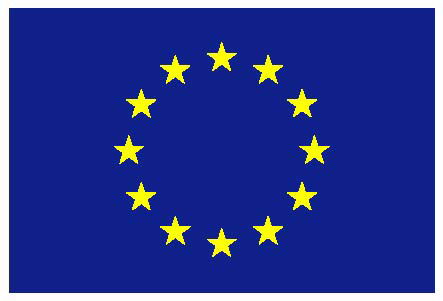Indonesia
In Indonesia, REDD Alert scientists will be conducting research in Jambi and Lampung (Sumatra) and East Kalimantan.
View REDD Alert - Indonesia sites in a larger map
Indonesia is now the third largest emitter of GHGs after the USA and China. The three provinces East Kalimantan, Jambi and Lampung, contain on average 5% of peatland, and cover 7% of Indonesia’s peatland. Existing work suggests that reduced peatland conversion may be an easy target for REDD mechanisms since conversion brings relatively low economic benefits. Rehabilitation efforts have also been cost effective where drainage canals were blocked and wetland conditions restored. A major issue, however, is that current versions of REDD rules will only apply to further deforestation, not to the opportunities to reduce emissions from peatlands that already lost their forest cover. We estimate this ‘eligibility’ issue to affect about 50% of Indonesia’s land-based emissions.




